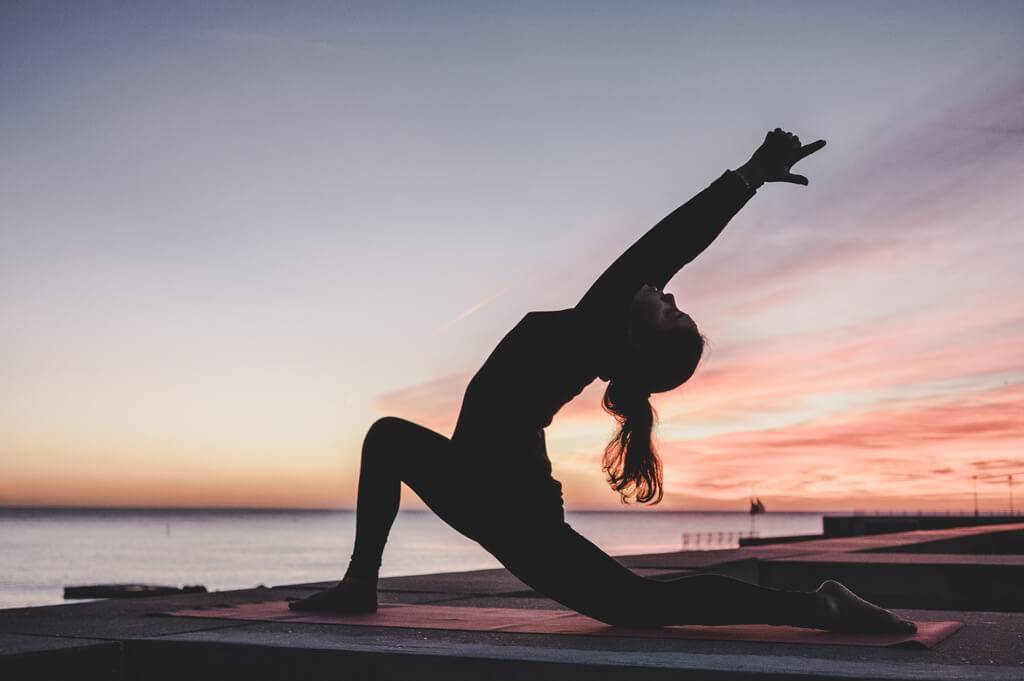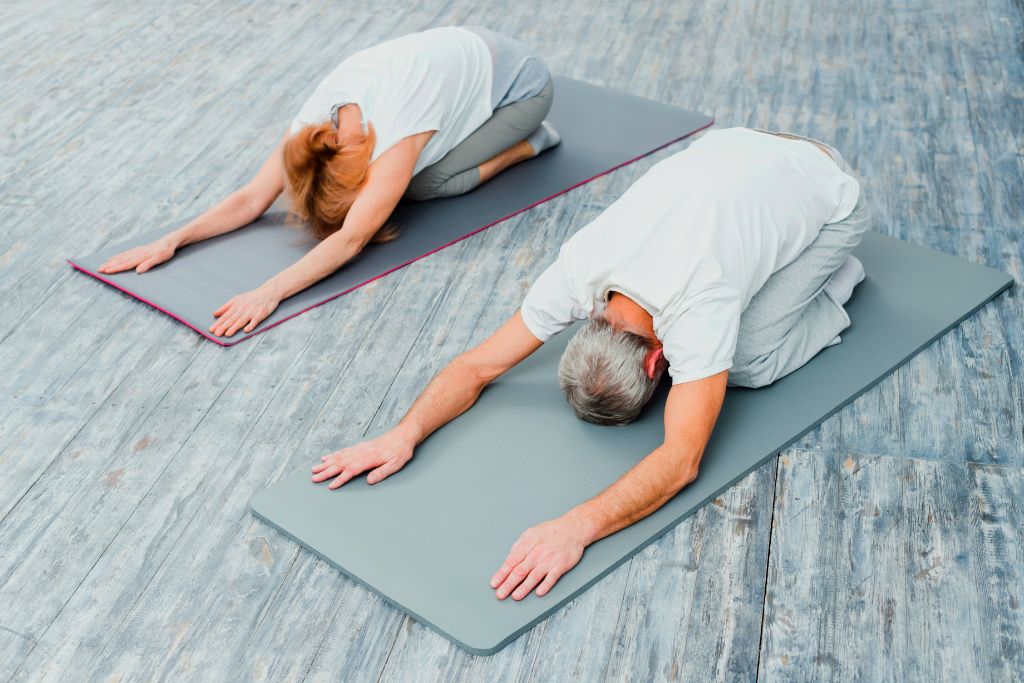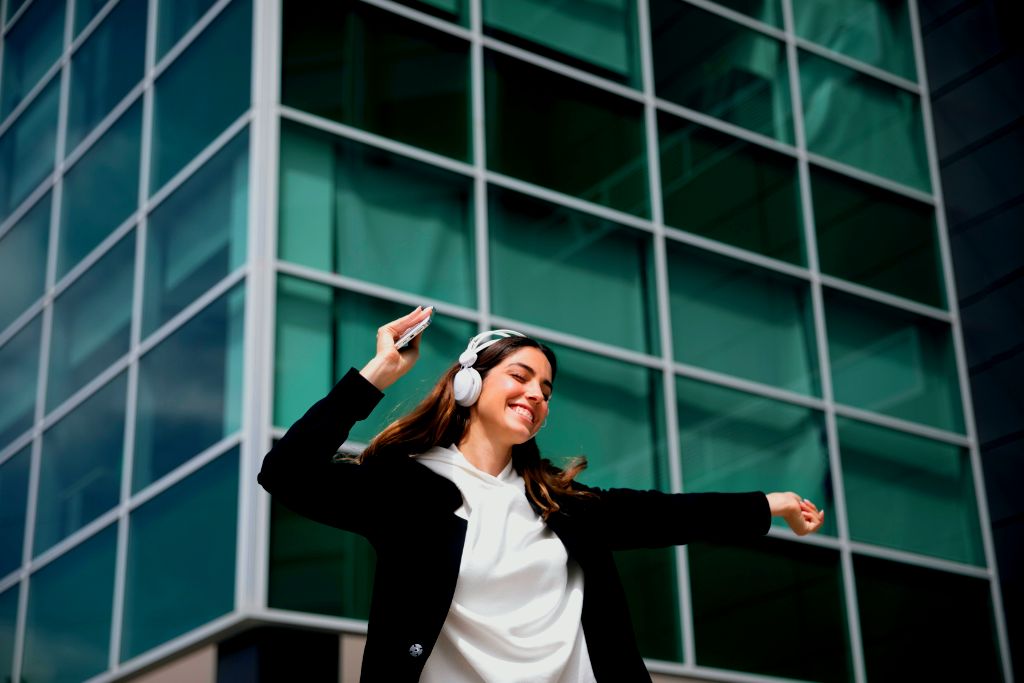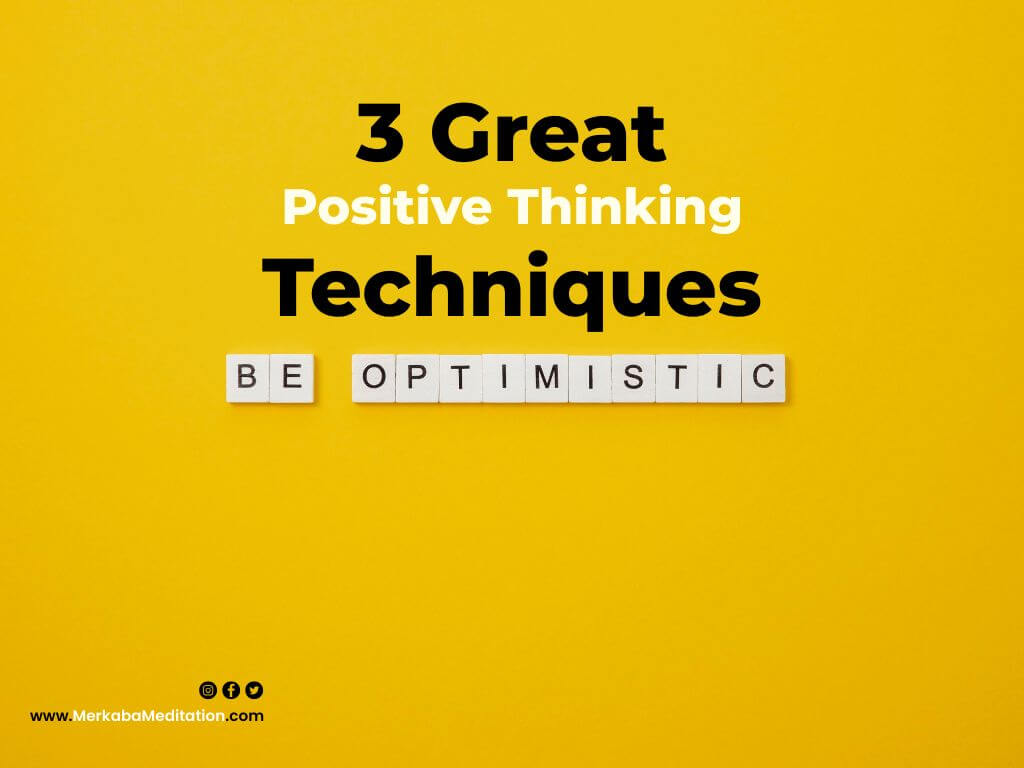For many people, the question arises: what is yoga? Initially introduced as a spiritual exercise, yoga has evolved over time to become a popular way of improving physical and mental well-being. In today’s world, where stress and chaos seem to be the norm, yoga offers a respite and a chance to connect with oneself. With its many spiritual and physical benefits, yoga provides an opportunity for individuals to immerse themselves in their inner world and achieve greater overall wellness.
What is Yoga
You should know that yoga is derived from the Sanskrit word YUJ, which means unity. A connection between body and mind and even the positive and negative forces of human existence creates an incredible union. Eugene School defines yoga as “joining or integrating all individual aspects – body with mind and mind with the soul” to achieve a happy, balanced and rewarding life.
They claim that the ultimate goal of yoga is to achieve quality (liberation or ultimate freedom).
History of Yoga
Thousands of years ago, an Indian physicist named Patanjali wrote a series of body movements performed by ancient humans in India called yoga, and he divided it into 8 stages and named it 8-step yoga.
Eight-step yoga has survived for thousands of years and is taught in almost every center in the world.
What are the benefits of yoga
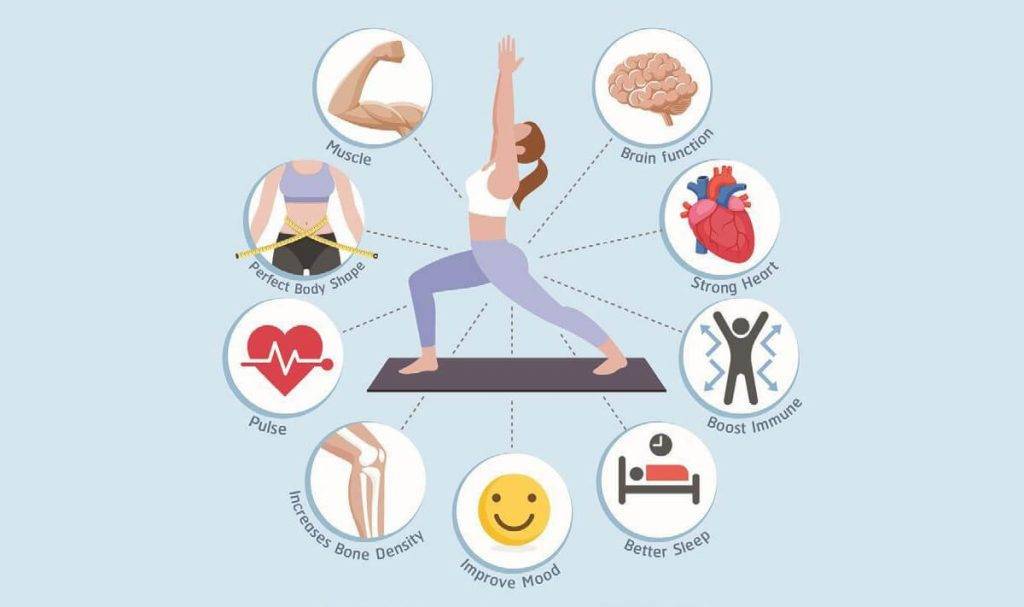
Yoga, as a method that has survived for thousands of years, has countless benefits for its followers. Regular and regular exercise regulates the function of all organs of the body.
The World Health Organization considers this ancient sport as one of the most important techniques for achieving physical, mental, and social health and encourages everyone to do it.
Yoga exercises include asanas (physical exercises), pranayama (breathing exercises), meditation (mental exercises), and relaxation (relaxation exercises). Doing this set of exercises strengthens the muscles and limbs and calms the mind.
Free Yoga Music Playlist Download
The effect of yoga on the body
- The flexibility of muscles and limbs with regular yoga exercises
- Balancing the secretion of hormones
- Adjust heart rate
- Better breathing
- Faster blood supply
- Improves nervous, digestive, muscular, skeletal, and joint systems.
Those who practice yoga use a larger percentage of their respiratory volume, this increase in respiratory volume during the day and night causes it to receive more oxygen and deliver it to the organs, which in turn makes the person not tired quickly and is more efficient. And have a longer life.
Impact on the mind
Doing yoga exercises causes the body to produce more endorphins, which reduces anxiety, stress, and tension, and reduces mental problems and stress.
It can certainly be said that by doing exercises, one can easily overcome anxiety, depression, stress, restlessness, poor memory, etc., and improve mental and psychological problems.
Another benefit is that it encourages you to have a proper diet and proper nutrition reduces stress.
The effect of yoga on the soul and psyche
Another benefit of yoga practice is its connection to the inside. The inside always seeks peace, and inner peace comes from the peace of mind. Exercises have the benefit of calming the insides over time.
In general, the benefits that can be gained from exercises are the health of body and mind and soul and mind. It is safe to say that the cheapest, easiest, fastest, and most beneficial way to keep your body and organs healthy, as well as to have a calm and lively mind, is to practice yoga consistently.
How do yoga movements work?
Yoga movements use asanas (postures), focusing on specific parts of the body, and pranayama (breathing techniques) to connect the body with the mind and the mind with the soul.
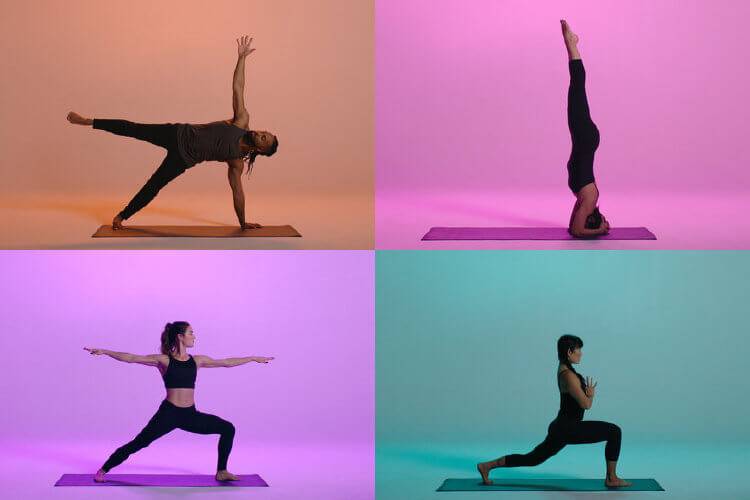
Introducing different types of yoga
In the middle of the twentieth century, masters were found in northern and southern India who greatly contributed to the development of yoga through the education and training of students so that the good way of life would spread more and more among the world. They found that a change in the traditional style of yoga, the basis of this ancient sport, could be a positive response to the demands of the new generation, a change in lifestyle, a society that is becoming more stressful every day, and finally increasing human problems with increasing technology.
One of the prominent professors of that time was Dr. Swami Sivananda (1943-1987) who founded an association in the Rishikesh region called the Divine Life Society and while teaching and promoting the sciences related to the philosophy of yoga and publishing The 300-volume book educates a number of radiologists, three of whom have devised three different styles of yoga that soon spread around the world.
The three students were named Swami Sivananda (1923-2009), who founded the Bihar Yoga School and invented the Bihar style. Subsequently, Swami Vishnu Devananda (1927-1993) traveled first to the United States and then to Canada. He named it Sivananda Yoga in honor of his teacher.
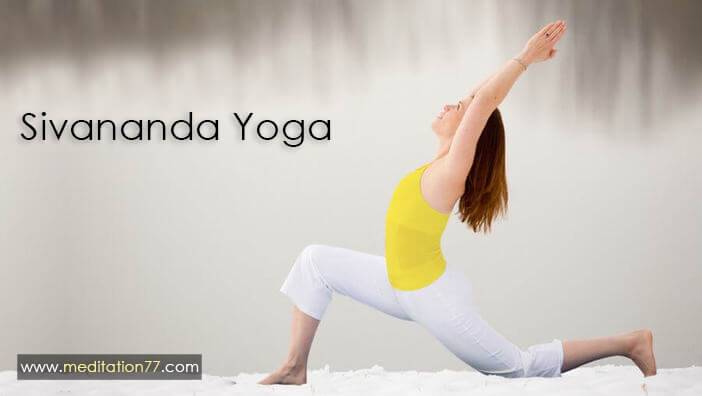
Swami Satchidananda (1914-2002) Another student of Swami Satchidananda left for the United States and later developed the style of integral.
A few years later, in the 1960s, another teacher in southern India, Krishnam Achariya (1888-1989), who was a master of yoga, Ayurveda, and Jyotish, taught students, three of whom introduced three new styles to the world.
B. K. S. Iyengar (1918-2014) Invented the Iyengar style. He is one of the most famous yoga instructors in the world.
Pattabi Joice (1915-2019) developed the style of Ashtanga yoga and Desikachar (1938-16) invented Winnie Yoga.
These six styles are among the most famous styles in the world today. Since the late twentieth century, some others who have practiced this ancient sport professionally have gradually developed styles that include these six styles. There are about 54 different styles of yoga in the world, some of which have received a lot of attention. The most popular names of some of these styles are as follows:
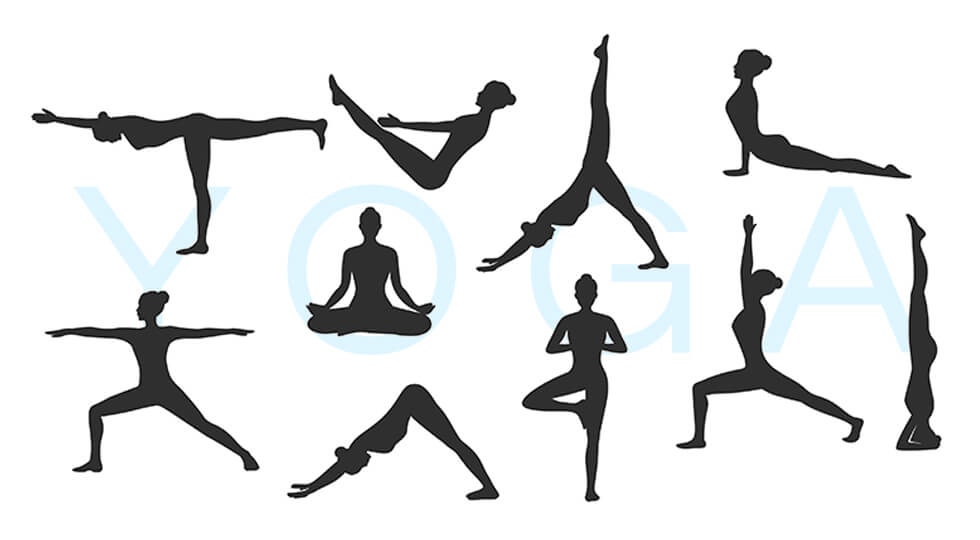
- Sivananda
- Satyananda
- Integral
- Iyengar
- Winnie
- Ashtanga
- Yin
- Anusara
- Ananda
- Bikram
- ISHTA
- Jivamukti
- Terry
- Crystal
- Kundalini
- Powerful
- Restorative
- Yoga Swarup
- Winnie the Pooh
Before starting exercises, pay attention to the following points:
- Yoga exercises must be done under the supervision of an instructor
- If possible, do exercises in the early morning and at sunrise and in the evening at sunset in a fixed and specific outdoor space.
- Use a mat that is not too soft and not too rough so that you can easily do exercises.
- All exercises should be done calmly and comfortably and without pain and pressure.
- Never do exercises with a full stomach. Exercise on an empty stomach a few hours after eating.
- Practice yoga regularly for at least a few minutes a day to gradually and finally after 6 months to achieve great physical and mental changes.
- Women should avoid exercising during menstruation.
Yoga is said to have four branches. These branches are:
- Raja Yoga
- Karma
- Bhakti
- Vienna
Raja Yoga is divided into two parts, Hatha and Raja. In fact, Hatha is a part of Raja that includes physical exercises which are the same asana, and Raja is called mental yoga exercises that calm the mind and increase concentration. The order of the difference between Hatha and Raja is in these two issues, Hatha means physical exercises and Raja means mental exercises.
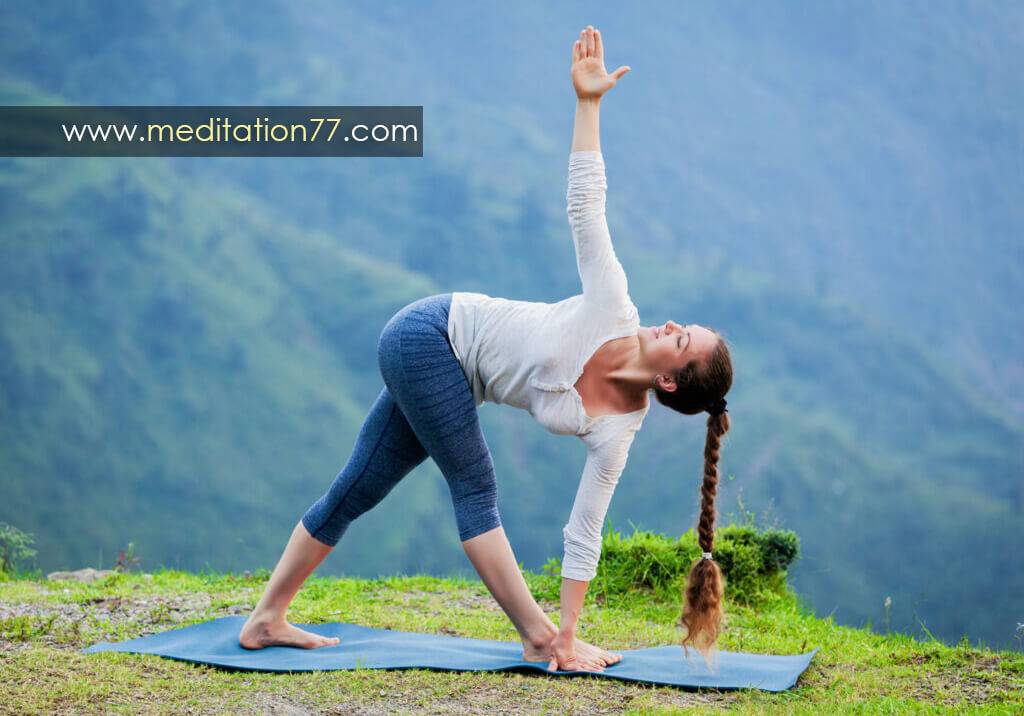
Why is yoga more useful than other methods?
At nearly 5,000 years old, yoga is one of the physical exercises that has a great impact on the muscles and limbs as well as the mind, and today it has attracted many fans. The main difference between yoga and other methods is that every sport such as volleyball, football, basketball, wrestling, weightlifting, etc. only affects the body, strengthens muscles, limbs and muscles, but exercises not only improves the health of muscles and limbs but also increases concentration and peace of mind, which is the difference between yoga and other sports.
Results of participating in yoga classes
Exercises, which are very widespread in the world today, are the result of training instructors who introduce to thousands of people in sports centers, yoga classes, and public places and convey the positive results to those who attend yoga classes. They gradually feel that their sleep has improved, their blood pressure has decreased, their diabetes has been controlled, their muscles and limbs have increased flexibility, their asthma patients have improved their condition, and in general other organs such as heart health have improved, blood cholesterol has decreased and chronic pain has improved.
Due to the fact that the results of participating in classes are innumerable, the number of participants in classes is increasing day by day and yoga is spreading all over the world.
The following results can be achieved with the above and with exercises:
- Strengthens joint and bone function
- Improves respiratory function
- Endocrine regulation
- Increased blood circulation in the arteries
- Improves the function of the immune system in achieving inner peace.
Eight-step Yoga or Ashtanga is:
- Yama: It means controlling and avoiding the destructive factors of body and mind.
- Niyama: It means having discipline in daily life throughout life.
- Asana: It means establishing the body in a certain position by doing bad yoga movements and establishing oneself in a certain physical position.
- Pranayama: It means life force or controlling life force by doing yoga breathing exercises.
- Pratyahara:It means training and disciplining the senses.
- Dharana: It means controlling and disciplining the mind (gaining the focus of the mind).
- Dhyana: It means flowing focused thought or deep thinking or meditation.
- Samadhi: It means achieving unity or being with the world.
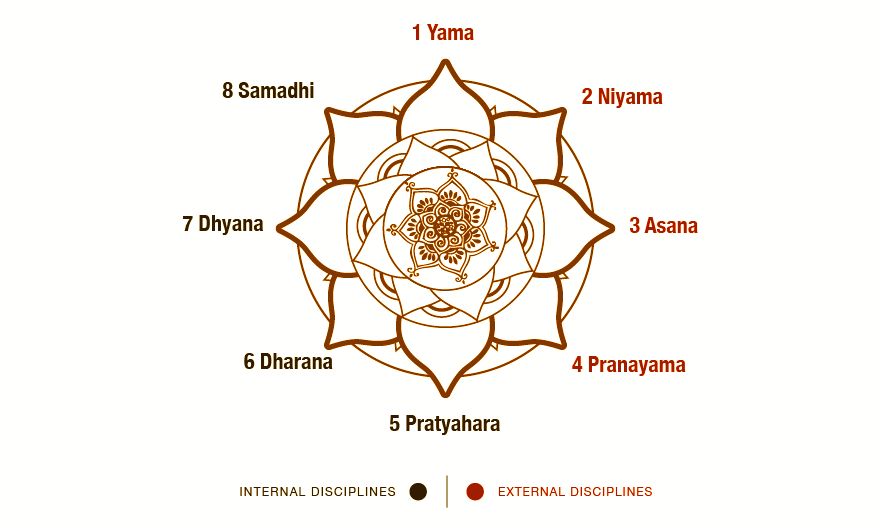
It should be noted that steps 1, 2, 7, and 8 are mostly ethical instructions and self-improvement exercises. Stages 3 to 7 are the most comprehensive physical, respiratory, and mental exercises that have received the most attention, and today in most centers around the world, body techniques are used to heal the body and mind. These 8 steps are divided into two general types of yoga:
- Hatha
- Raja
Hatha yoga is called yoga physical and breathing exercises and includes exercises:
- Physical
- Respiratory
- Release
Raja Yoga is called mental and focused yoga exercises and includes:
- Emotion control exercises
- Thought control exercises (concentration of thoughts)
- Deep thinking or meditation exercises.
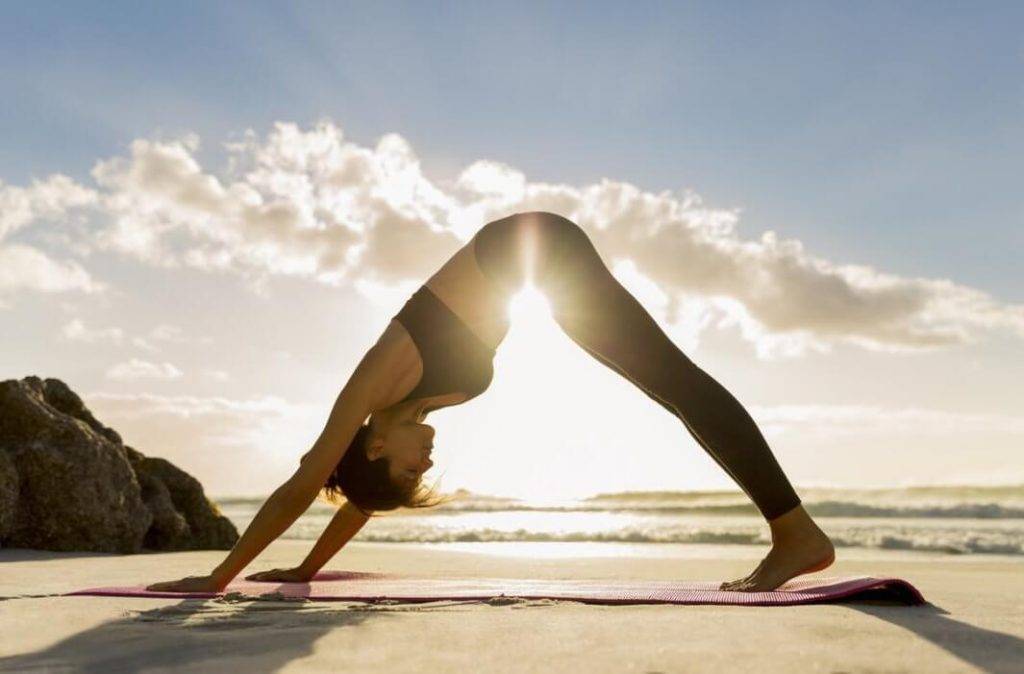
Movements and postures
Basic exercises, also called asanas, are safe stretching exercises that, in addition to flexibility and concentration, remove fatigue from your body.
The position of the archer
This exercise also called the shooter exercise, causes movement of almost all the joints of the limbs, which makes these joints more flexible. Archery training helps to improve physical balance and coordination of body movements.
To do this, sit on the floor and stretch your legs forward. Then stretch your arms gently and take sixty feet. Do not forget to breathe slowly while doing this. When holding your left big toe and holding it firmly on the ground, bend your right knee and gently bring the toes of your right foot closer to your right ear. Suppose you are an archer and your left foot is a bow, which you hold steady and want to shoot with your right hand. Stay in this position (until you are tired) and try to stay focused and breathe slowly.
Then slowly return to the first position and rest for a few moments. Then repeat twice, but with the other foot.
Movements and postures
Basic yoga exercises, also called asanas, are safe stretching exercises that, in addition to flexibility and concentration, remove fatigue from your body.
The position of the archer
This exercise also called the shooter exercise, causes movement of almost all the joints of the limbs, which makes these joints more flexible. Archery training helps to improve physical balance and coordination of body movements.
To do this, sit on the floor and stretch your legs forward. Then stretch your arms gently and take sixty feet. Do not forget to breathe slowly while doing this. When holding your left big toe and holding it firmly on the ground, bend your right knee and gently bring the toes of your right foot closer to your right ear. Suppose you are an archer and your left foot is a bow, which you hold steady and want to shoot with your right hand. Stay in this position (until you are tired) and try to stay focused and breathe slowly.
Then slowly return to the first position and rest for a few moments. Then repeat twice, but with the other foot.
The position of the bow
This position helps you to strengthen the muscles in the back of your body. This exercise also makes your spine flexible. Other benefits of archery include opening the chest and helping to breathe better.
To practice this position, first lie on the floor (on your stomach). Spread your legs slightly apart and place your hands on either side of your body. Keep breathing slow. Bend your knees so that the soles of your feet are close to your back. Then slowly bring your hands back and take your feet off your wrists.
Then, with your hands, pull your legs back and breathe slowly. In the meantime, try to focus and do not rush at all. Stay in this position until you feel tired. Then rest for a few moments and continue practicing this position again.
Starting yoga does not require prerequisites and anyone at any age can start this sport. If you have never practiced and would like to try it, do not hesitate to take this opportunity. Training programs for beginner to advanced level can be implemented in mobile applications and training packages at home and at the lowest cost. You can also get a good instructor from a sports club.
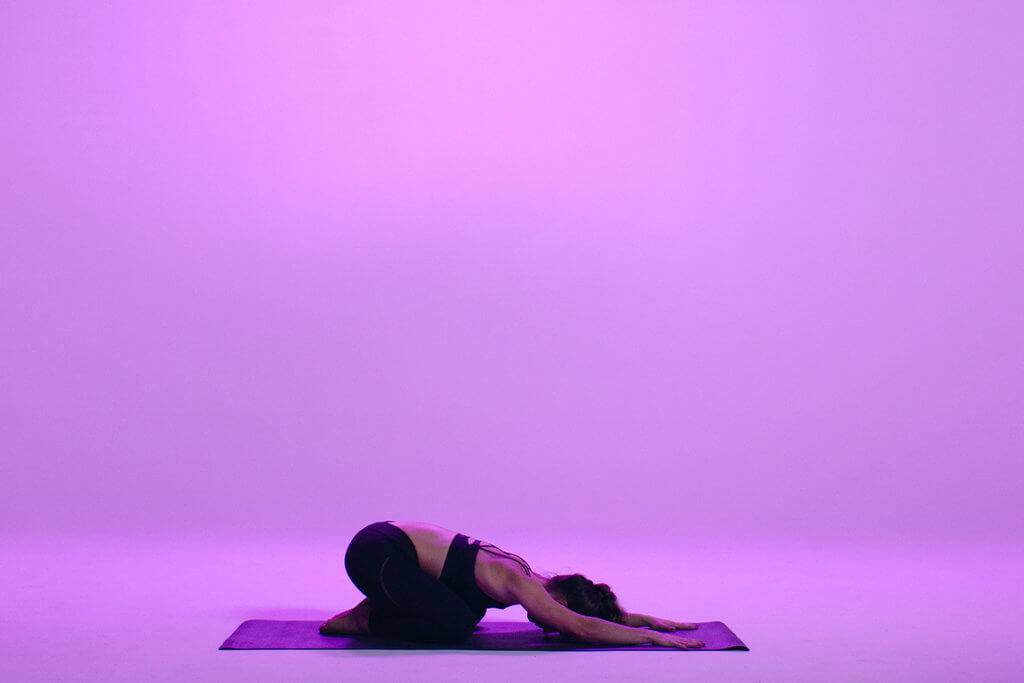
While both practices can help promote relaxation and reduce stress, yoga involves physical movement and postures, whereas meditation typically involves sitting in stillness and focusing on the breath or a specific object.
No! One of the benefits of practicing yoga is that it can help increase flexibility over time. It’s important to listen to your body and work within your limits, taking modifications or resting when necessary.
Yes! Research has shown that practicing yoga can help reduce symptoms of anxiety and depression and improve overall mental health. However, it’s important to speak with a healthcare professional if you’re experiencing severe symptoms.
Conclusion
For exercises, it is better to try to do accurate movements without mistakes. Because in case of a mistake, it may have the opposite effect on health and body. The tips in this article can go a long way to having relaxing and useful yoga at home or in group classes.
We suggest that you do not neglect the yoga movements, but it is better to get help from experts and trainers in this field in the initial stages to learn the correct movements. This way, the movements will be properly institutionalized in your body, and you will be able to perform the movements on your own without the need for a trainer.
Source: yogajournal


